General tips and tricks
- Before washing, you need to understand the type of wallpaper. To do this, you need to look at the markings and after that select the best option.
- Even the most wear-resistant material can not stand brute force, you do not need to rub with a stiff brush and use too much water.
- Before proceeding with stain removal, it is worth performing a test cleaning in the least visible place to make sure the chosen method is correct.
What wallpaper can be washed?
Product marking
Marking allows you to understand whether it is possible to wash the material. There are five common types.
- Single wave marking indicates that the material is not suitable for wet cleaning, this type can be cleaned by wiping with light movements with a slightly damp cloth.
- Two horizontal wave markings Allows you to wash the surface with a mild detergent, such as soap.
- Three horizontal waves mean that the surface can be washed with any washing liquids.
- Horizontal brush and wave Allow washing the surface using mechanical means such as brushes, sponges, and vacuum cleaners.
- Horizontal brush and three waves mean maximum wear resistance, and allowed to wash the surface using chemical and mechanical means.

Kinds
Each type of wallpaper requires individual care, some of them can be washed, while others can only be cleaned with the dry method.
| Kinds | How to wash? | A photo |
| Non-woven | To maintain constant cleanliness, dust from embossed non-woven wallpaper can be cleaned with a dry cloth or with a vacuum cleaner. Wash on the basis of the indicated marking. The smooth surface has water-repellent properties, which is very convenient for the kitchen, they can be washed with a damp cloth or sponge. In case of severe contamination, washing liquids are used. |
|
| Vinyl | Wallpaper can be washed with a damp cloth or a napkin in a soapy solution. They also differ in moisture resistance, compact vinyl is the most stable, but afraid of chemical, abrasive and acidic substances. Vinyl with silk-screen printing differ in the method of production, silk threads or artificial fibers are added to the composition. They have increased wear resistance and allow you to use a brush, vacuum cleaner and soapy water when cleaning. |
|
| Paper | Wallpaper is not detergent and requires careful care. It is not recommended to wash with water. They can be cleaned with a soft whisk or a dry cloth. Fresh, greasy stains can be removed with an eraser; you can also clean the area of dirt by ironing it with a hot iron through a sheet of white paper or a napkin. Old greasy marks cannot be removed without external damage. |
|
| Liquid | Wallpaper has a soft surface. For regular care use a vacuum cleaner or a soft whisk. You can use an eraser to remove fresh marks. Old and deep soiling can be replaced by partial repairs. When wet, the color may change. |
|
| For painting | There are three main types that differ in basis, these are paper, non-woven and glass. Paper-based wallpapers are cleaned with a dry cloth or vacuum cleaner. On a non-woven basis, dirt is removed with a damp cloth with gentle movements. |
|
| Cullet | Can be washed with a damp brush, but do not rub. It also depends a lot on the paint applied.Water-based paint is wiped with a damp cloth. Acrylic and water dispersible with detergents and water. |
|
| Bamboo wallpaper | Can be washed with a soft sponge using mildly concentrated non-abrasive cleaning fluids or cleaned with a vacuum cleaner. To avoid deformation, it is worth avoiding waterlogging of the surface. Also, with constant contact with direct light, bamboo wallpapers can lose color. |
|
How can I clean the wallpaper?
Instruments
Several ways will help to refresh the look and get rid of unwanted stains.
- Vacuum cleaner. It will help in the care of any type of wallpaper, it is sometimes enough to spend along a dusty surface with a vacuum cleaner with a soft nozzle.
- Soft whisk. A method for regularly maintaining cleanliness, eliminates dust.
- Dry cloth or soft cloth. Eliminates dust.
- Sponge dampened in water or cleaning agent. Stains and dirt can be washed.
- Alcohol wipes. Wash the marks of the handle.
- Iron or hair dryer. Can be used to get rid of stains.fat.
- Toothbrush. It will wash off severe dirt with detergent (only for washing wallpaper).
- Cotton swab or cotton pad. Used in alcohol cleaning.
- Wet wipes.Quickly get rid of dirt and stains.
What means can wash the wallpaper?
There are both folk remedies for getting rid of pollution, and professional, presented in specialized stores.
| Means | Cleaning | A photo |
| Soapy water | Grated soap, diluted in water, will help to wash and refresh the surface. Suitable for cleaning vinyl, non-woven with a water-repellent coating, bamboo, wallpaper painted with acrylic paint. |
|
| Soda diluted with water | A slightly diluted solution will clean the surface of dirt with the marking of maximum wear resistance. |
|
| Professional Tools | The stores offer a wide selection of professional products suitable for any type of finish. For example, a tool for cleaning wallpapers and painted walls HG. |
|
| Dishwashing liquid | With whipped foam or water with a small amount of detergent, you can wash dirty vinyl, bamboo, non-woven wallpaper with water-repellent properties. |
|
| Talc or chalk absorbs dirt and greasy stains | The surface is sprinkled for several minutes, after which you need to clean it with a dry cloth or just shake it off. This way you can clean paper and vinyl wallpapers. |
|
| Lemon | With half a lemon you can clean the dirt. Not suitable for paper-based wallpaper, for painting and liquid wallpaper. |
|
| Medical alcohol | A cotton pad moistened with alcohol will clean dirt from non-woven and vinyl CD-type wallpaper. |
|
| Floor washing liquid | Can be used on the basis of dishwashing detergent. |
|
How to wash, procedure
The most common and effective way to wash wallpaper in a room is with a soap solution or cleaning products.
- To do this, it is worth conducting an experiment in a small area in order to understand how the wallpaper will react.
- A detergent is stirred in a container of warm water or soap is rubbed, a clean rag is dipped into the solution, squeezed out and a small area is wiped with gentle movements.
- After that, the surface is wiped with a clean, dry cloth.
After the area has dried, the result will be visible. If you need to repeat the procedure, first you should wait until it dries completely, and then wash the area again.
Stain Remedies
With proper regular care, you can extend the life of the wallpaper, and maintain the brightness of the colors. A little tricks and tools that are almost always at hand will help get rid of unexpected stains and wash away dirt. It is important to remember that each type of wallpaper is different in composition and interact differently with water, in order to avoid troubles, the instructions on the labeling must be taken into account.

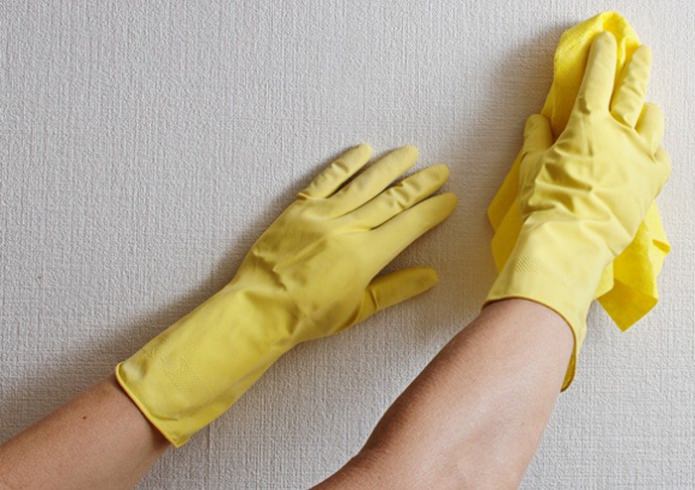
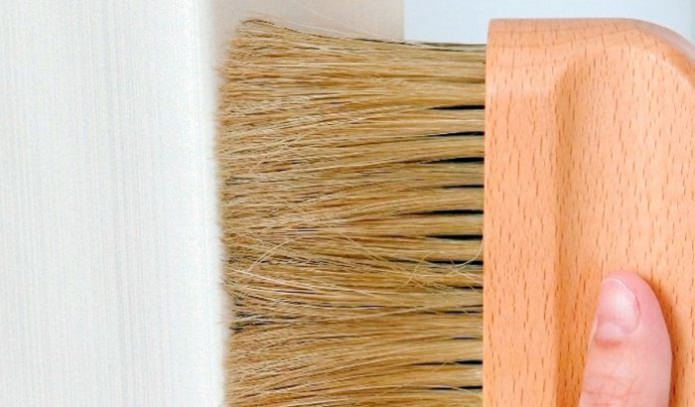
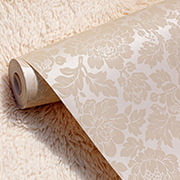
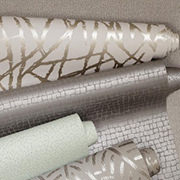
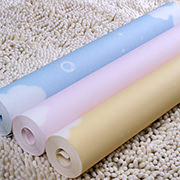

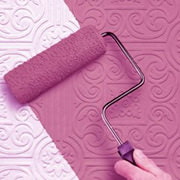
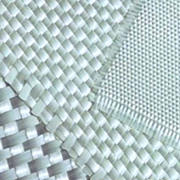
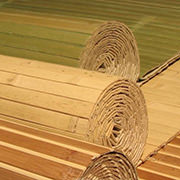

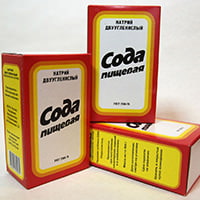

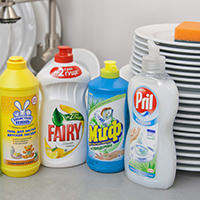
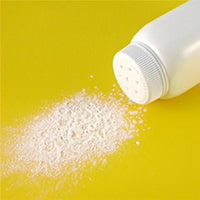
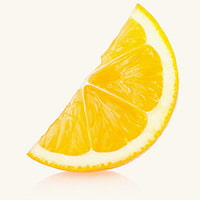
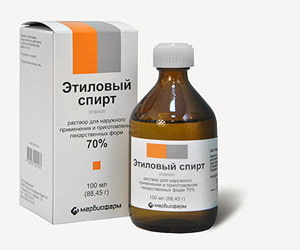
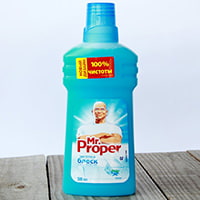
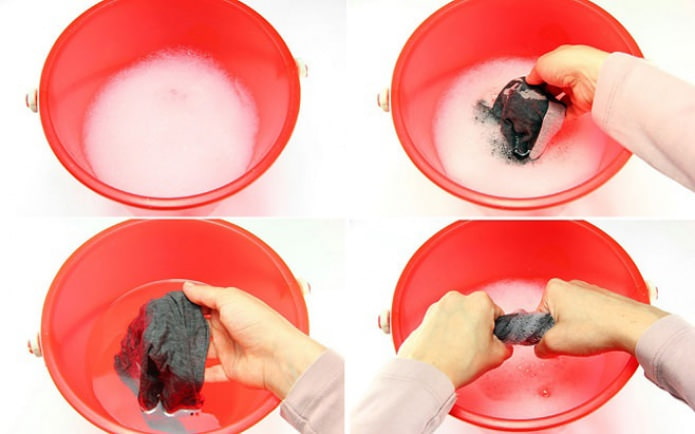


 Top 10 Trends in Interior Design 2020
Top 10 Trends in Interior Design 2020 Rating of cheap TVs with Smart-TV
Rating of cheap TVs with Smart-TV New Year's LED garlands on AliExpress - we disassemble while it's hot, so that the house is bright
New Year's LED garlands on AliExpress - we disassemble while it's hot, so that the house is bright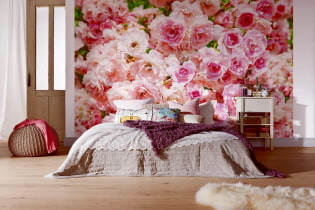 Wall mural with flowers in the interior: living wall decor in your apartment
Wall mural with flowers in the interior: living wall decor in your apartment Gray sofa in the interior: views, photos, design, combination with wallpaper, curtains, decor
Gray sofa in the interior: views, photos, design, combination with wallpaper, curtains, decor Interior in peach tones: meaning, combination, choice of finishes, furniture, curtains and decor
Interior in peach tones: meaning, combination, choice of finishes, furniture, curtains and decor